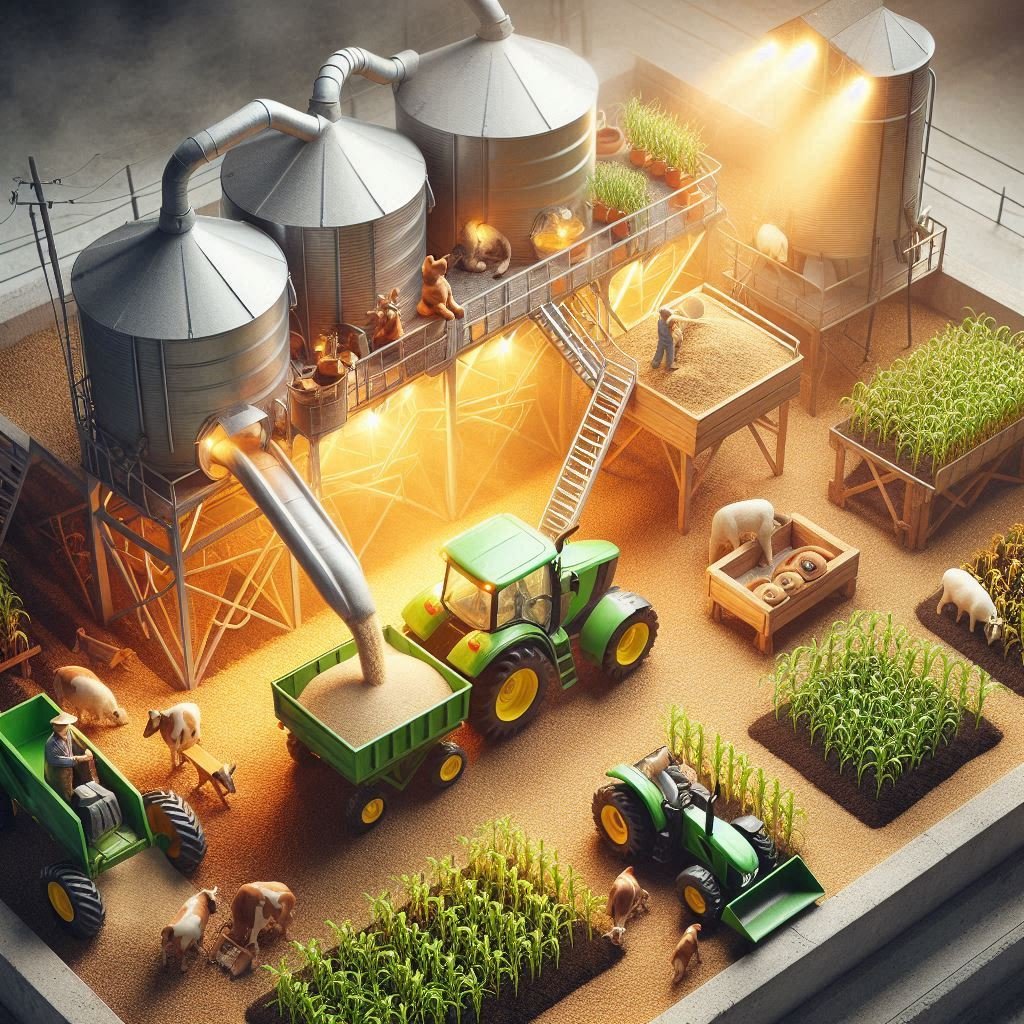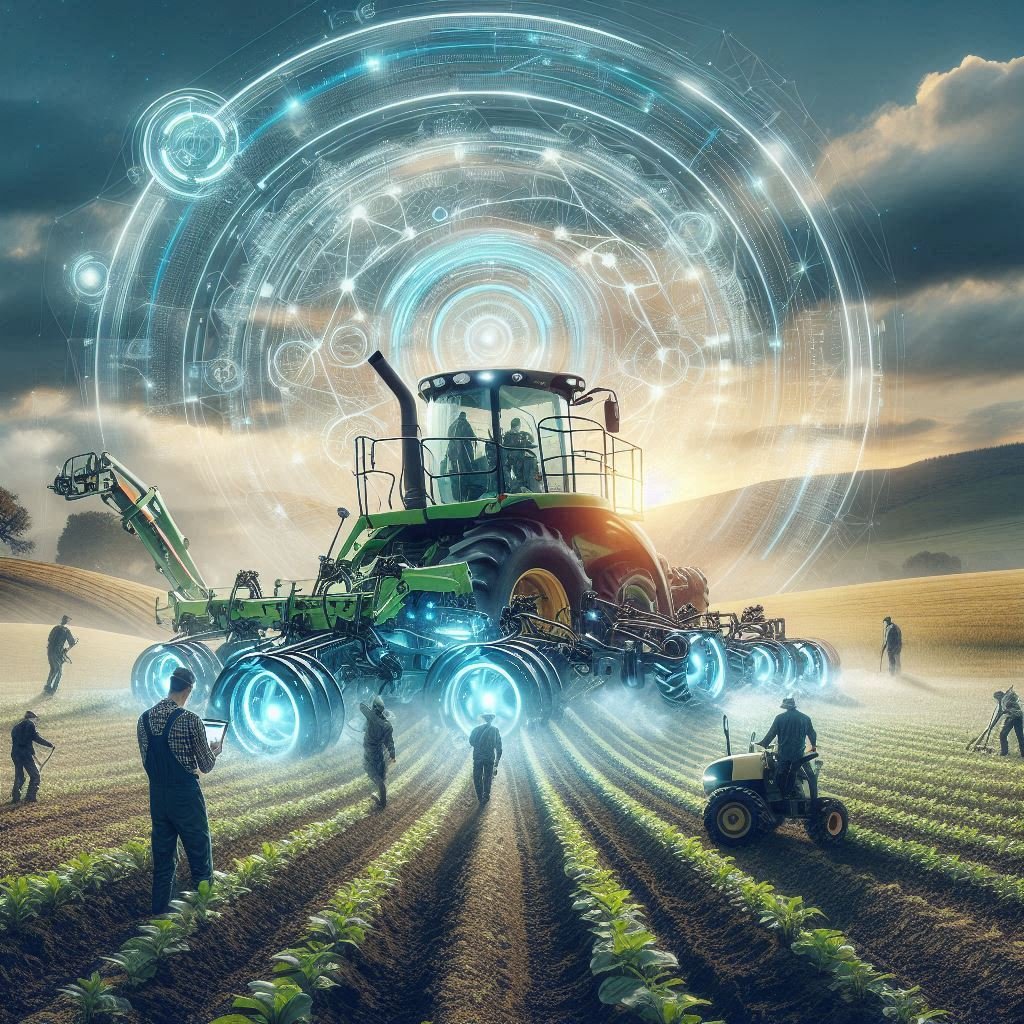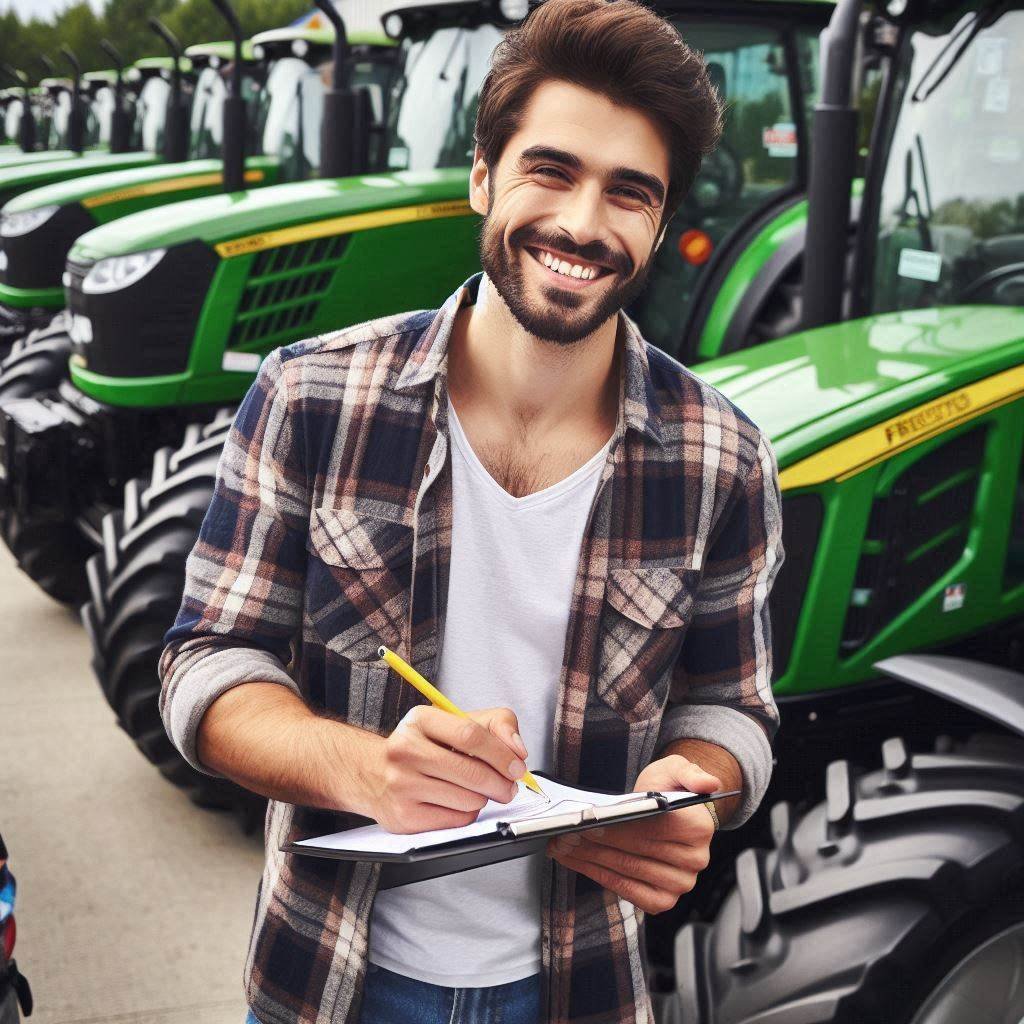Agriculture, the backbone of human civilization, has undergone significant transformations over the centuries. Central to these changes is the evolution of agricultural equipment — tools and machinery designed to improve the efficiency, productivity, and sustainability of farming operations. In today’s modern farms, agricultural equipment plays a vital role across all stages of the farming process, from soil preparation to harvest and beyond.

1. Understanding Agricultural Equipment
Agricultural equipment encompasses a wide array of machines and tools used in various farming activities. These include:
-
Primary equipment for soil preparation (e.g., plows, harrows)
-
Planting equipment (e.g., seed drills, planters)
-
Crop maintenance tools (e.g., sprayers, cultivators)
-
Harvesting machinery (e.g., combine harvesters, reapers)
-
Post-harvest handling equipment (e.g., grain dryers, sorters)
-
Transport and storage equipment (e.g., trailers, silos)
Each category serves a distinct function, yet they are all interconnected in the broader agricultural production system.
2. Key Categories of Agricultural Equipment
a. Soil Preparation Tools
Preparing the land is a critical first step in farming. Equipment such as:
-
Plows turn and break the soil to prepare a proper seedbed.
-
Harrows level the soil and break up clumps for finer texture.
-
Cultivators stir and pulverize the soil, helping with weed control.
b. Planting Machinery
Efficient sowing is vital for crop success. Machines like:
-
Seed drills ensure seeds are placed at the correct depth and spacing.
-
Planters can handle larger seeds like corn or sunflower with high precision.
c. Irrigation Equipment
Water management is made easier with:
-
Drip and sprinkler irrigation systems, which optimize water use.
-
Pumps and pipelines that ensure proper water distribution in fields.
d. Crop Care Equipment
To maintain healthy crops, farmers rely on:
-
Sprayers to apply pesticides and fertilizers evenly.
-
Weeders and hoes (manual or mechanized) to manage weeds.
e. Harvesting Machinery
Modern harvesting equipment includes:
-
Combine harvesters, which simultaneously reap, thresh, and winnow grains.
-
Forage harvesters for cutting and processing silage crops.
-
Mechanical pickers for fruits and vegetables, reducing labor time.
f. Post-Harvest Handling
Once crops are harvested, the following tools are used:
-
Grain dryers to reduce moisture content.
-
Sorting and grading machines to improve marketability.
-
Storage silos and refrigeration units for preservation.
3. Technological Advancements in Agricultural Equipment
Recent years have seen the integration of advanced technologies into agricultural machinery:
-
GPS and GIS allow for precision planting and mapping.
-
Drones monitor crop health and spray with pinpoint accuracy.
-
Autonomous tractors and robotic equipment reduce the need for manual labor.
-
Telematics provides real-time data on machine performance and field conditions.
These innovations are pushing farming toward data-driven and sustainable practices.
4. Benefits of Using Agricultural Equipment
-
Higher efficiency: Machines can do the work of many laborers in less time.
-
Improved yields: Precision tools ensure better planting and crop care.
-
Reduced labor costs: Mechanization lowers dependence on manual work.
-
Better resource management: Tools like smart irrigation save water and energy.
5. Challenges and Considerations
Despite its many benefits, there are challenges to the use of agricultural equipment:
-
High initial investment costs
-
Need for skilled operators and maintenance
-
Fuel and environmental concerns
-
Access and affordability for small-scale farmers
Efforts are ongoing to develop cost-effective and eco-friendly alternatives, including solar-powered machines and cooperative equipment sharing models.
Conclusion
Agricultural equipment is the lifeblood of modern farming, enabling farmers to meet the demands of a growing global population. From simple hand tools to sophisticated autonomous machines, these tools continue to shape the future of agriculture. As technology advances and sustainability becomes more critical, the development of smart, efficient, and accessible agricultural equipment will be essential in feeding the world responsibly.



